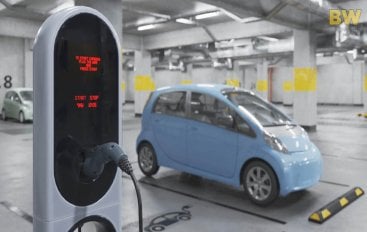16,73,115 Hybrid & EVs Running On Indian Road




The Government of India launched the Faster and Adoption and Manufacturing of (Hybrid &) Electric Vehicles India (FAME India) scheme in 2015 in order to promote the adoption of hybrid and electric vehicles. Phase II of the FAME India Scheme is currently being implemented for a period of five years starting on April 1, 2019, with budgetary support, totalling Rs 10,000 crores. While answering a question in Lok Sabha today Union Minister of State for Heavy Industries Krishan Pal Gurjar shared this information.
The government has taken steps such as GST on electric vehicles has been lowered from 12 per cent to 5 per cent, and the GST on electric vehicle chargers and charging stations has been lowered from 18 per cent to 5 per cent. In order to lower battery prices in the nation, the government approved a Production Linked Incentive (PLI) plan on 12 May 2021, for the production of Advanced Chemistry Cells (ACC) in the nation. The Production Linked Incentive (PLI) scheme for automobiles and auto components, which was authorised on September 15, 2021, covers electric vehicles and has a financial allocation of Rs 25,938 crore for a five-year term.
Ministry of Road Transport & Highways (MoRTH) also urged states to exclude EVs from road taxes, which will assist lower the initial cost of EVs and Battery-powered vehicles will receive green licence plates and be exempt from permission procedures.
With these benefits, the country is witnessing a shift from ICE to EVs and hybrids. The total number of EVs on Indian roads is 10,17,417 whereas diesel hybrids are 1,48,208 and petrol hybrids are 5,07,490. The cumulative total of EVs and hybrids is 16,73,115. Maharashtra with 2,96,186 has the highest number of EVs and hybrids whereas Andaman & Nicobar Island with 143 has the lowest number of EVs and hybrids.